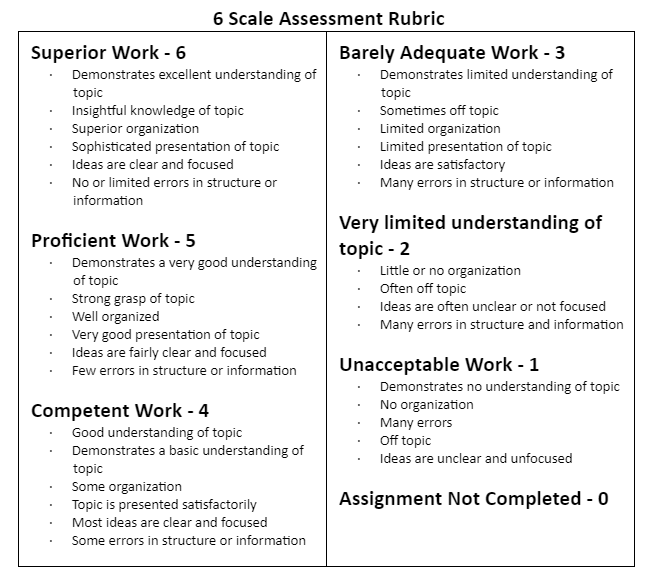Rioplantense Spanish Dialect
Heera Buttar
March 21, 2024
Spanish 11- Youlearn
The Rioplantense Spanish dialect is spoken in the Rioplantense region which includes Argentina and Uruguay. Rioplantense Spanish was brought to south and central America during Spanish colonization in the 16th century. While they spread their language throughout the Rioplantense region, the dialect spoken today is greatly influenced by immigration from the 1870’s. In both Argentina and Uruguay, much of today’s population can trace their roots back to Italy, as the second most-spoken language in this area is Italian. Uruguay’s border with Brazil and historical connections to Portugal has created a spectrum of languages near the border that sometimes makes it unclear where Portuguese ends, and Spanish begins. Rioplantense Spanish has unique differences and similarities to Latin American Spanish. In terms of differences Rioplantense Spanish has a distinct pronunciation where the “ll” and “y” sounds merge and are pronounces softer. Some other characteristics of some Rioplatense speakers are the following: the pronunciation of ge, gi, j is not glottalized; dropping the final r of an infinitive and final s of most words; ñ sounding more drawn out as two sounds, as though spelled ni; dropping or aspirating the s if it precedes another consonant, such as in the words esto (sounds like ehto), but pronouncing it before vowel sounds; and unlike in Spain, not hearing a difference between c/z and s. The use of vos in place of tú, is not only common, but considered standard in Rioplatense Spanish, while you may hear vos in Costa Rica and other parts of some Latin American countries, it is far more common in Argentina and Uruguay. It also has its own vocabulary and slang influenced both by indigenous and Italian languages. However, there are similarities between both Spanish dialects such as grammar and basic vocabulary. Basic Spanish speakers can often understand Rioplantense Spanish without many difficulties. An interesting fact about Rioplantense Spanish is that the dialect has been greatly influenced by immigration, particularly Italy, which has contributed to both the vocabulary and pronunciation of the dialect. Another fun fact is that Rioplantense Spanish is often used in media in both Argentina and Uruguay, making it easy to connect with on Spanish television and social media. It is estimated that 70% of the population of Argentina speak Rioplantense Spanish, while most of Urugay speaks it, as well as a decent number of Spanish speakers from United States, Brazil, Canada, Australia, and multiple countries in Europe who speak this particular dialect of Spanish. It can be hard for a new Spanish speaker/learner to learn this dialect as it breaks many rules of casual speech. In Conclusion, the Rioplantense Spanish dialect shares similarities and differences with Latin American Spanish, as well as it has a remarkably interesting history and is an amazing dialect overall.
Sources used:
https://blog.rosettastone.com/rioplatense-spanish/

